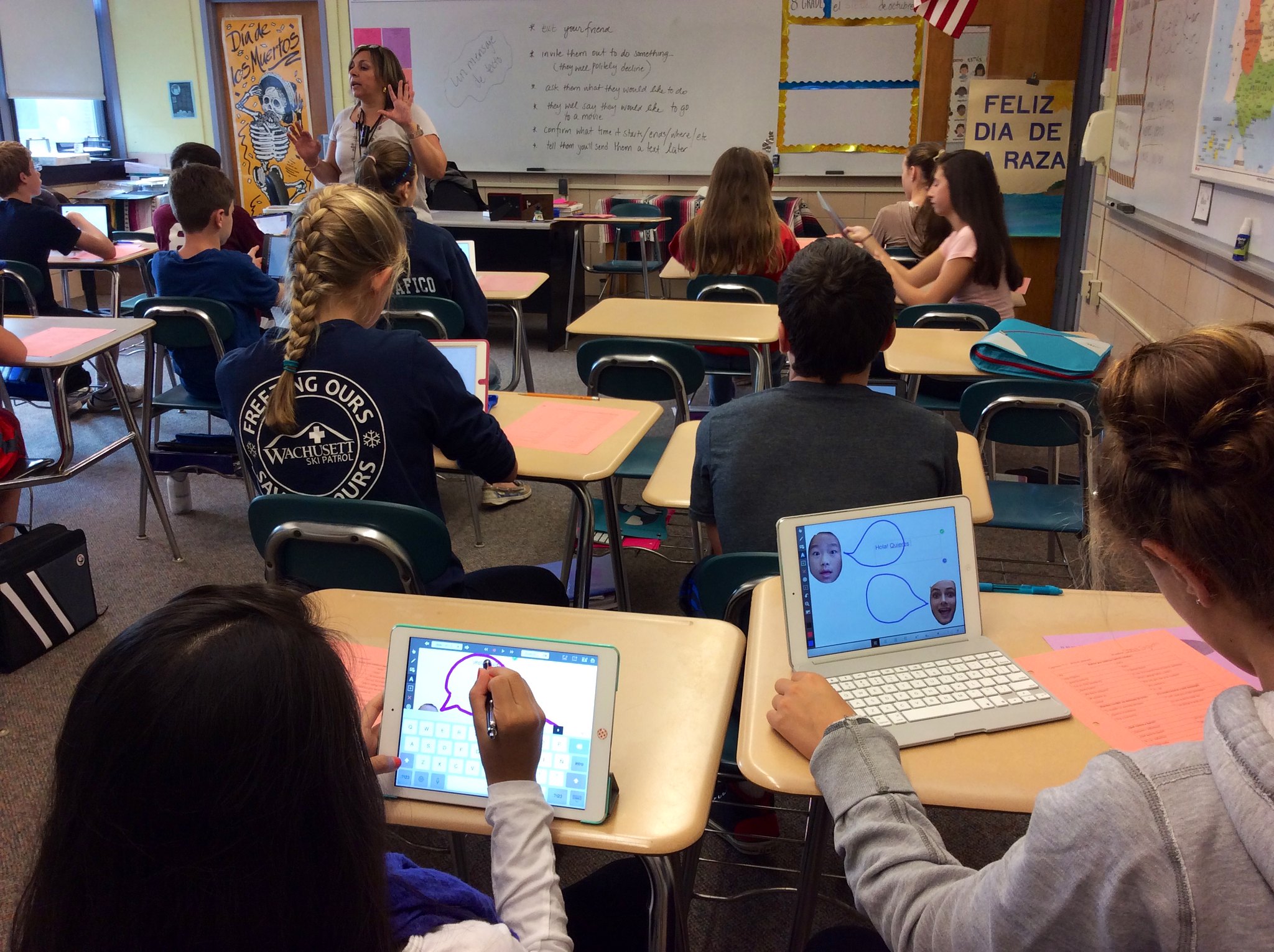It is another day of professional learning. I enter the library with low expectations that, as a teacher of something other than English, science, history, or math, the next hour or two will be relevant to my teaching practice. Rarely does what we learn translate to the World Language classroom. I first heard about Understanding by Design (UbD) in one of those professional development sessions. Unpacking standards? That won’t work for MY standards, they are too different. Essential Questions? I don’t need to worry about those, my class doesn’t have a state-level assessment. I had all the excuses — it’s too hard, it doesn’t work for Spanish class, I don’t have time. Does that sound familiar?
Several years later I encountered UbD again, in one of my graduate classes. This time, however, UbD spoke to me in a different way. First, a primary goal of UbD is to make meaning of learning by way of “big ideas” and to transfer learning (Wiggins & McTighe, 2011). Let’s think about the goals of learning a language for a moment. The American Council on the Teaching of Foreign Languages (ACTFL) has created the World-Readiness Standards for Learning Languages to express the five goals of learning a language. Those five goals — Communication, Cultures, Connections, Comparisons, and Communities (the 5 Cs) — represent the overarching goals or “big ideas” of language learning. We want our students to be able to communicate effectively, to have a deeper cultural understanding, to make connections with multiple disciplines, and to build their language proficiency. If we want our students to truly understand the 5 Cs, they will need to apply their knowledge and skills effectively in new situations, or transfer their learning (Wiggins & McTighe, 2011).
For example, let’s consider a unit on food. I give my students a standard list of food vocabulary along with a basic formula of how to describe foods they like or dislike. Students memorize the vocabulary and practice a scripted dialogue for ordering food at a restaurant in the target language. Probably, with practice, my students will acquire the knowledge and skills they need to perform a restaurant skit in class where they can effectively order their favorite dish. We may feel satisfied that our students have mastered our goal of ordering in a restaurant, but this may not be enough to result in successful transfer of their learning to new situations. In a real life situation, will the waiter ask a question the exact same way that we practice in class? In another country, is it probable that a restaurant will have all of our favorite foods from home? To truly set our students up for success, we need to teach them how to apply what we have taught in any situation. We want our students to be able to look at a menu at any restaurant and order what they want — THAT is what we need them to understand to achieve transfer. As Wiggins and McTighe (2011) state, “Understanding is revealed when students autonomously make sense of and transfer their learning through authentic performance.” What is more authentic than ordering a cup of coffee in France or some chilaquiles in Mexico?
This was my “aha” moment … World language teaching and learning is centered around big ideas and transferable skills. Maybe UbD can be used in the World Language classroom! Let’s consider the framework of UbD and how it relates to language instruction:
As you can see, UbD can be for me, and you, if you are a teacher of a world language. This blog series will walk through each stage of the backward design process and how we can use UbD to help students reach their language goals. The next three posts will explore Stage 1 of UbD:
- The first, “‘Transferring’ Traditional World Language Units into Essential Questions and Understandings,” will delve into how to adapt traditional themed vocabulary units into UbD-style planning.
- The second, “Unpacking World Language Standards: Knowledge and Skills,” will look at the different parts of the national world language standards and how language teachers can identify the knowledge and skills their students need to meet those standards.
- The third, “Stage 1 in Action: Identifying Desired Results of a World Language Unit,” will provide a complete walk-through and example of what Stage 1 of UbD would look like.
After this series of posts, I plan to look more closely at Stages 2 and 3 as well, so by the end you will have a complete unit example to aid in your planning. Your students will be transferring their learning soon enough!
Share your thoughts
How have you grappled with applying UbD in your subject area? Share your ideas, successes, and challenges in the comments section.
Learn more:
Some of the resources below contains affiliate links. If you use these links to buy something we may earn a commission. Thanks.
ACTFL Guide for Backward Design
World-Readiness Standards for Learning Languages
NCSSFL-ACTFL CanWorld-Readiness Standards for Learning Languages-Do Statements.
The Understanding by Design Guide to Creating High-Quality Units, by Grant Wiggins & Jay McTighe
Essential Questions: Opening Doors to Student Understanding, by Grant Wiggins & Jay McTighe
References
Wiggins, G. & McTighe, J. (2011). The understanding by design guide to creating high-quality units. ASCD.
Featured Image “SRA Manning’s Spanish Class” by Diane Horvath is licensed under CC BY 4.0




One response
[…] my last post, I talked about my journey to understanding how language instruction fits into the Understanding by […]